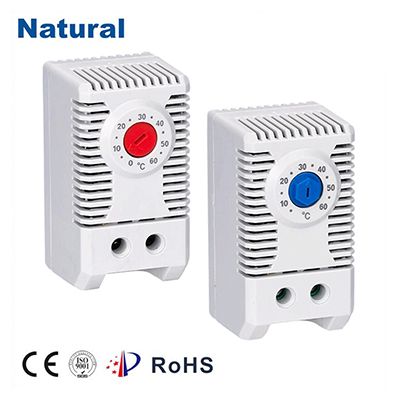Introduction

Temperature control is a critical factor in various applications, from industrial processes to scientific research. One area where precise temperature control is of utmost importance is in incubators, where conditions need to be maintained at specific levels for optimal results. This article explores the significance of temperature control switches and thermostats in incubators, highlighting their functions, types, and importance in various industries. Functions of Temperature Control Switches in Incubators Temperature control switches, often in the form of thermostats, play a vital role in maintaining a consistent and accurate temperature within incubators. These devices ensure that the environment inside the incubator remains conducive for specific processes, such as cell cultures, hatching eggs, or growing microorganisms. The primary functions of temperature control switches include: Temperature Monitoring:Thermostats constantly monitor the temperature inside the incubator and make necessary adjustments to maintain the desired setpoint. Adjustment and Calibration:Temperature control switches allow users to set the desired temperature and provide options for calibration to ensure accuracy. Safety Measures:Many modern incubators are equipped with thermostats that include safety features, such as over-temperature protection, to prevent damage to sensitive samples or equipment. Types of Temperature Control Switches Incubators use various types of temperature control switches based on the specific application and requirements. Some common types include: Bimetallic Thermostats:These thermostats operate using the principle of differential expansion of two metals. When the temperature changes, the metals expand or contract, causing the thermostat to either open or close the circuit, thus regulating the temperature. Digital Thermostats:These thermostats utilize digital technology to provide accurate temperature control. They often come with user-friendly interfaces, allowing users to set precise temperature values. PID Controllers:Proportional-Integral-Derivative (PID) controllers are advanced thermostats that use algorithms to continuously adjust the temperature by considering the present value, the rate of change, and the integral of past errors. This results in a highly stable and accurate control system. Importance in Various Industries Temperature control switches and thermostats find applications in a wide range of industries: Biomedical Research:In laboratories, incubators with precise temperature control are essential for maintaining cell cultures, conducting experiments, and fostering the growth of bacteria and other microorganisms. Poultry Farming:Incubators equipped with accurate thermostats are crucial for hatching eggs and ensuring consistent conditions for the healthy development of chicks. Food Industry:Food processing units use incubators to culture specific strains of bacteria or yeast for fermentation processes, and temperature control is vital to achieving desired product outcomes. Pharmaceuticals:Incubators play a significant role in pharmaceutical research and production, ensuring the proper growth of cells for vaccine development and drug testing. Conclusion Temperature control switches, particularly in the form of thermostats, are indispensable components of modern incubators. They ensure that the desired temperature conditions are consistently maintained, contributing to successful outcomes in various applications. The choice of the appropriate type of thermostat depends on the specific requirements of the industry or process. As technology advances, temperature control switches continue to evolve, enhancing their accuracy, ease of use, and safety features across industries that rely on precise temperature regulation.